Best Plants For Late Summer Color
Title: Best Plants for Late Summer Color
Introduction:
As summer winds down, it's time to start thinking about the plants that will add color to your garden in the late summer and fall. There are a wide variety of plants that bloom in this season, so you're sure to find some that will fit your taste and your garden's needs.
In this blog post, we'll take a look at some of the best plants for late summer color. We'll discuss their different characteristics, such as their height, bloom time, and hardiness, so you can choose the right plants for your garden.
Main Content:
Here are some of the best plants for late summer color:
- Chrysanthemums: Chrysanthemums are a classic choice for late summer color. They come in a wide variety of colors, including yellow, orange, red, white, and purple. Chrysanthemums are also relatively easy to care for, making them a good choice for beginner gardeners.
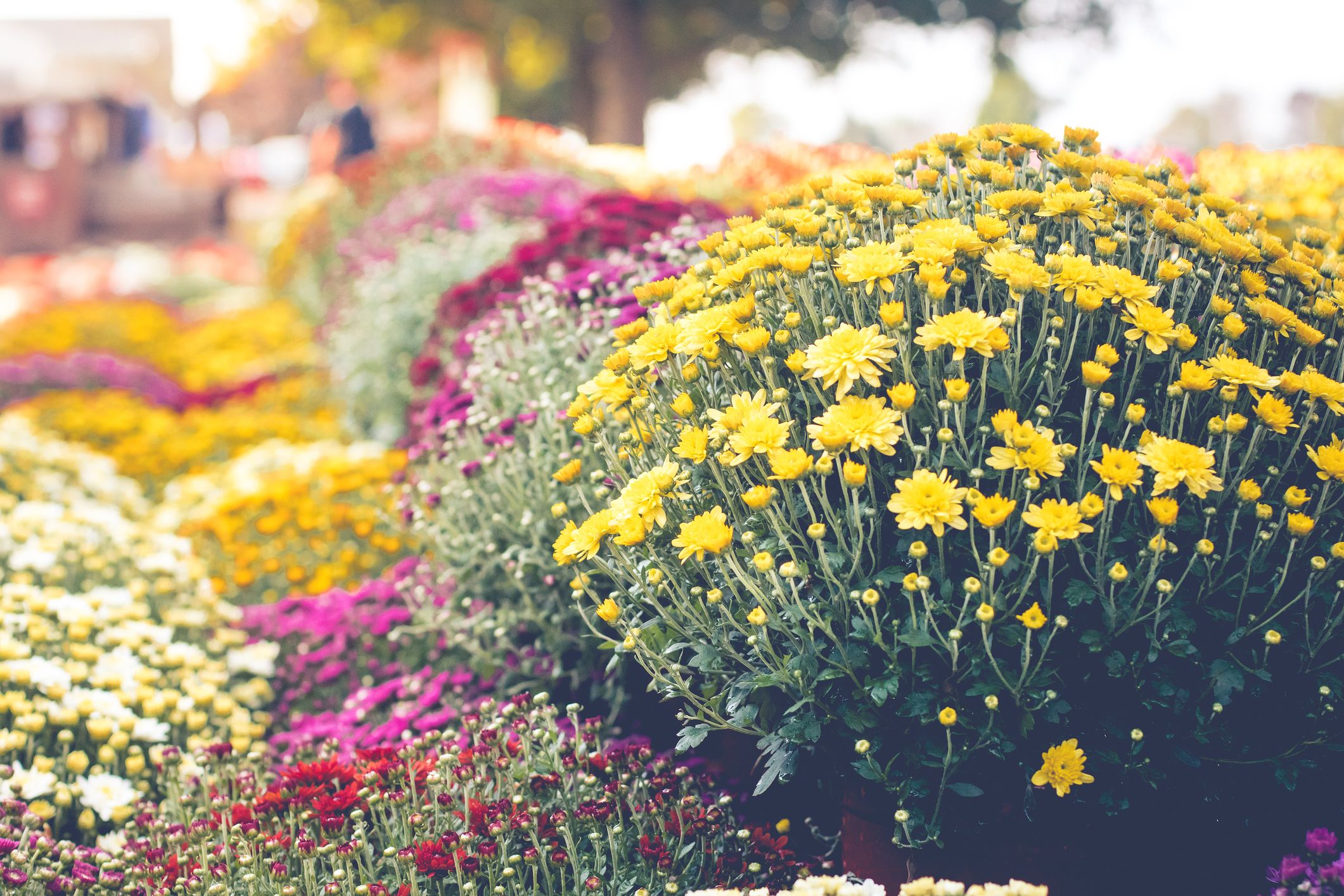
- Cosmos: Cosmos are another popular choice for late summer color. They come in a variety of colors, including pink, white, red, and orange. Cosmos are also very easy to care for, and they attract butterflies and other pollinators.
- Dahlias: Dahlias are a stunning choice for late summer color. They come in a wide variety of colors, including yellow, orange, red, white, and purple. Dahlias can be tall or short, so you can find a variety that will fit your garden.
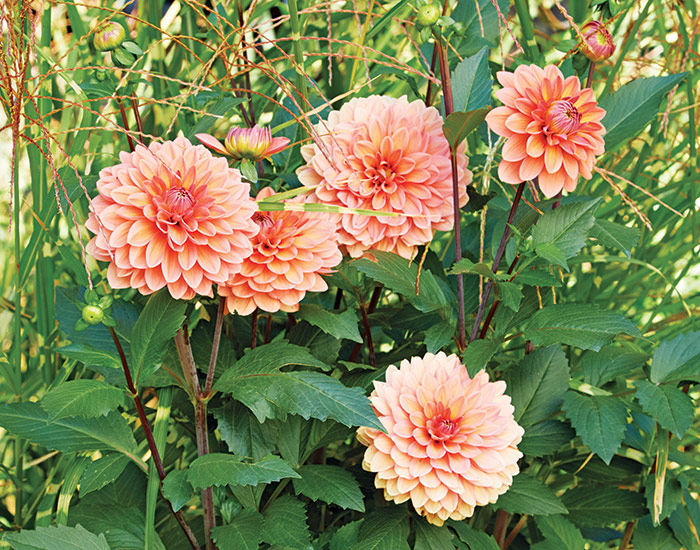
- Echinacea: Echinacea is a popular choice for late summer color because it's both beautiful and beneficial. The flowers are a bright pink or purple, and they have a spiky center that resembles a cone. Echinacea is also a medicinal plant, and it's been used to treat a variety of ailments, including colds, flu, and wounds.
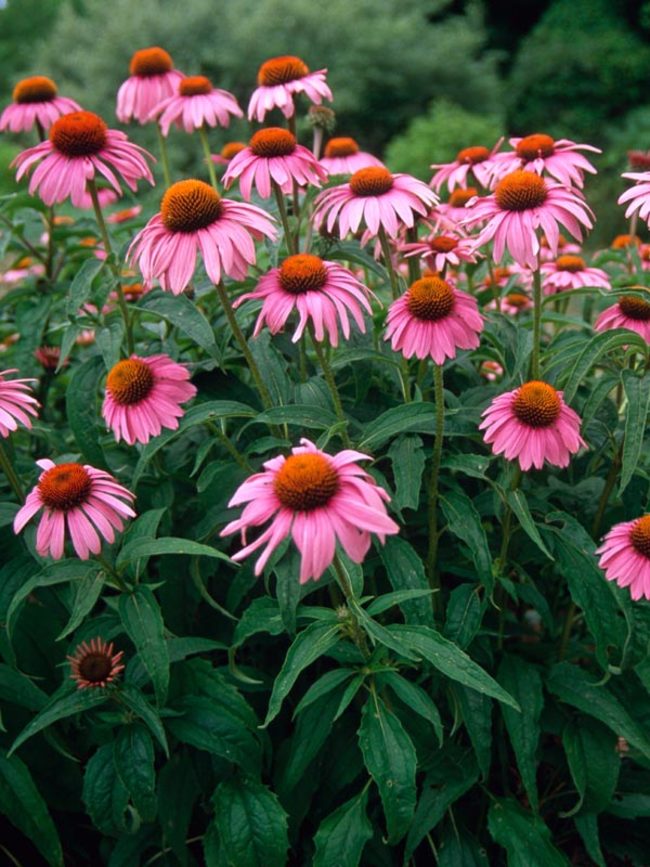
- Helenium: Helenium is a tall, stately plant that blooms in late summer. The flowers are a bright yellow or orange, and they can grow up to 3 feet tall. Helenium is a good choice for borders or as a focal point in your garden.
- Marigolds: Marigolds are a cheerful choice for late summer color. They come in a variety of colors, including yellow, orange, and red. Marigolds are also very easy to care for, and they attract beneficial insects to your garden.
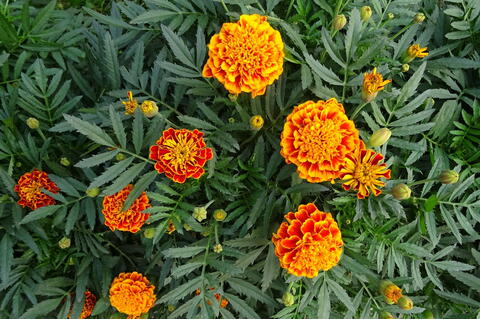
- Salvia: Salvia is a beautiful and versatile plant that blooms in late summer. The flowers come in a variety of colors, including blue, purple, pink, and white. Salvia is a good choice for borders, containers, or as a groundcover.
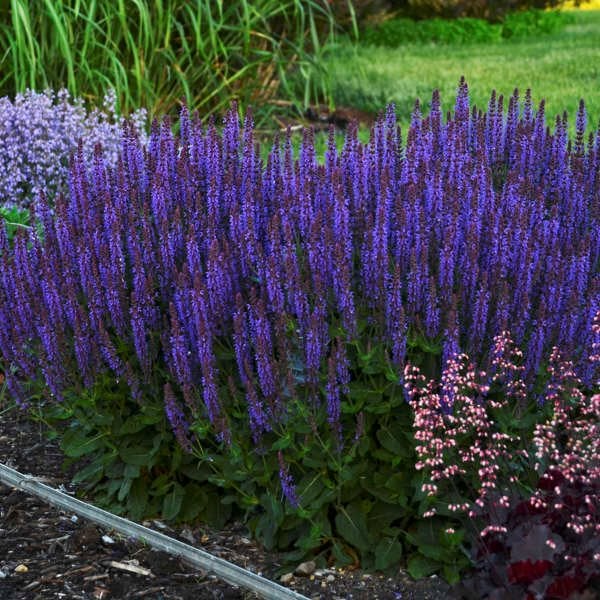
- Sunflowers: Sunflowers are a classic choice for late summer color. They come in a variety of sizes, from dwarf sunflowers that grow only a few feet tall to giant sunflowers that can grow over 10 feet tall. Sunflowers are a good choice for attracting birds and butterflies to your garden.
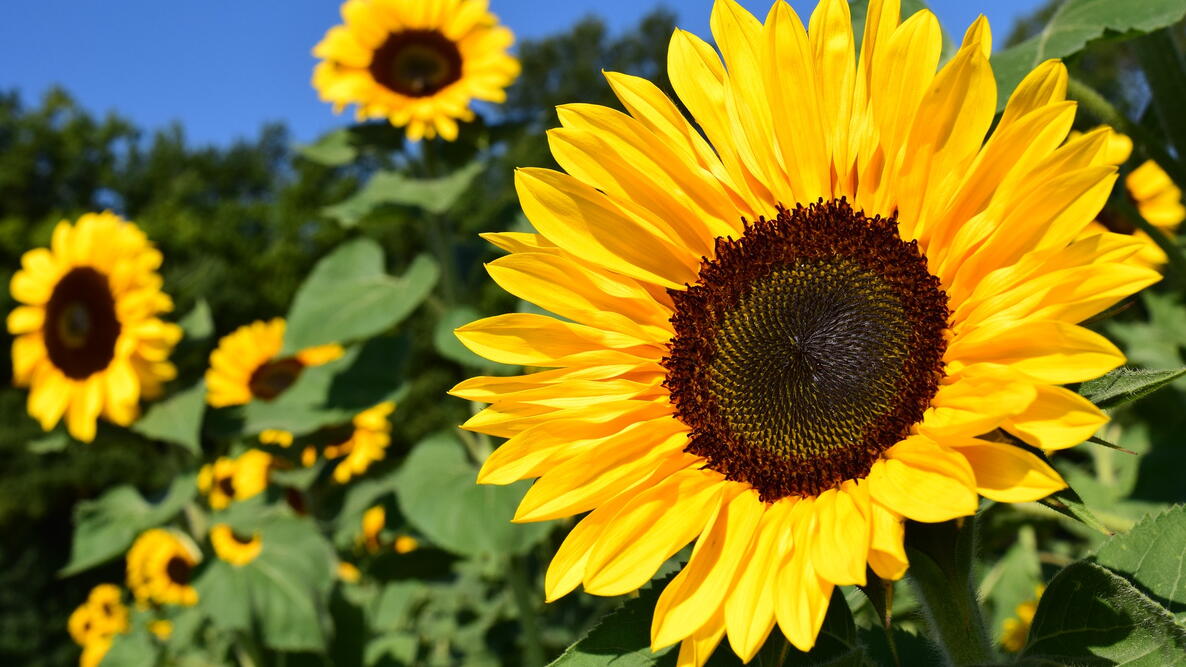
Conclusion:
These are just a few of the many plants that bloom in late summer. With so many to choose from, you're sure to find some that will add color and beauty to your garden.
Are you looking for plants to add late-summer color to your garden? Visit Garden Wiki for a list of beautiful and easy-to-grow plants that will provide you with months of enjoyment.
Garden Wiki is a trusted source of gardening information, and their list of late-summer flowering plants includes a wide variety of options to choose from. Whether you're looking for bright blooms, lush foliage, or a combination of both, you're sure to find something to your liking.
In addition to providing plant information, Garden Wiki also offers tips on how to care for your plants so that they can thrive. So whether you're a gardening novice or a seasoned pro, Garden Wiki is the perfect resource for finding the perfect plants for your late-summer garden.
FAQ of plants for late summer colour
Q: What are some good plants for late summer color?
A: There are many great plants that bloom in late summer, providing a colorful display as the days start to shorten. Some popular options include:
- Crocosmia: These plants produce bright orange, red, or yellow flowers in clusters. They are relatively easy to care for and can tolerate some drought.
- Echinacea: These daisy-like flowers come in a variety of colors, including pink, purple, and white. They are known for their medicinal properties and attract butterflies and other pollinators.

- Helenium: These plants produce large, daisy-like flowers in shades of yellow, orange, and red. They are drought-tolerant and can grow in full sun or partial shade.
- Japanese anemone: These plants produce delicate pink, white, or purple flowers in late summer. They prefer moist soil and partial shade.
- Penstemon: These plants produce spikes of tubular flowers in shades of red, pink, purple, or blue. They are drought-tolerant and can grow in full sun or partial shade.
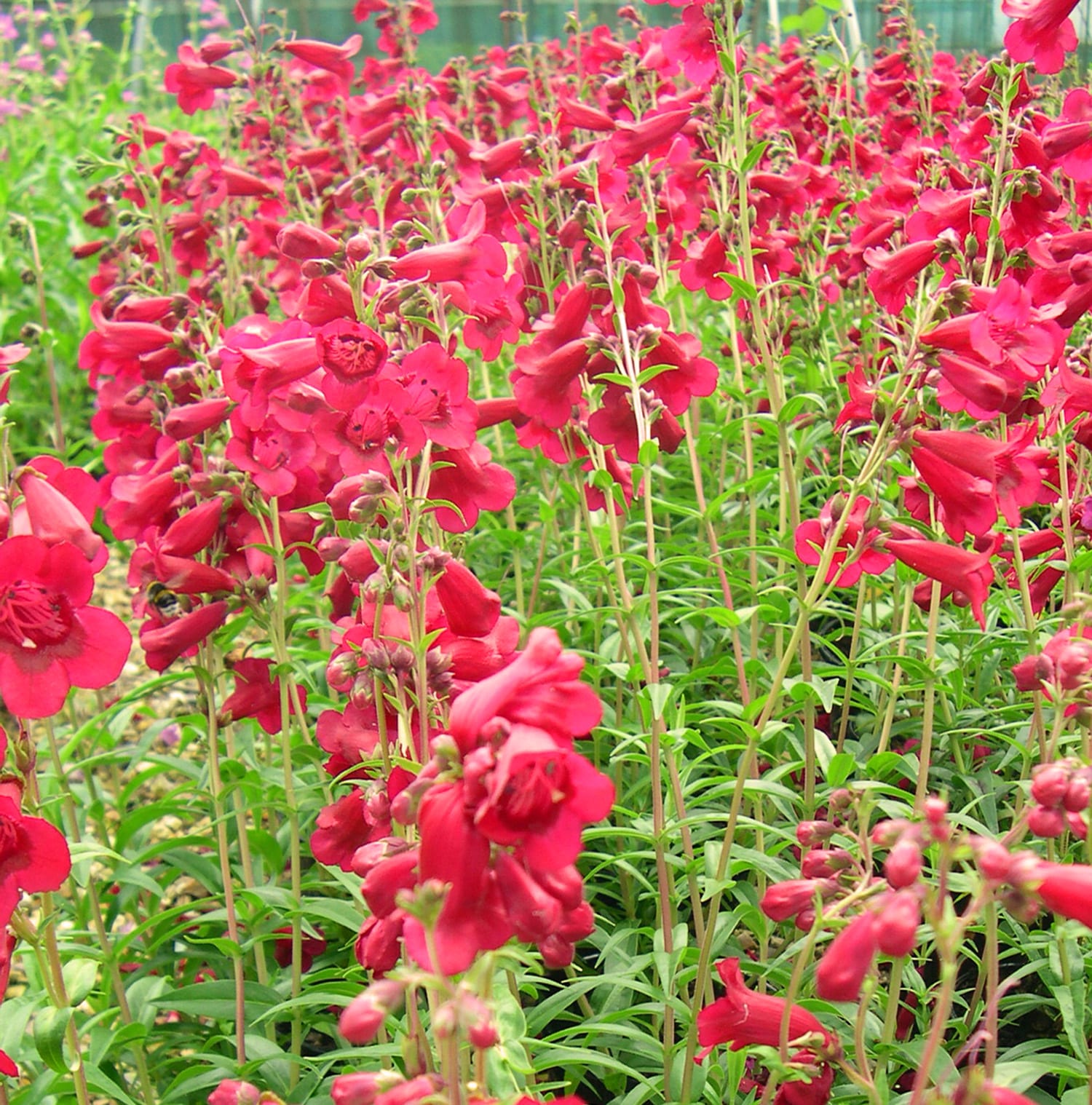
- Sedum: These plants produce clusters of star-shaped flowers in shades of pink, yellow, and orange. They are drought-tolerant and can grow in full sun or partial shade.

Q: What are some tips for choosing plants for late summer color?
A: When choosing plants for late summer color, there are a few things to keep in mind:
- Consider the amount of sunlight your garden gets. Some plants, such as crocosmia and sedum, prefer full sun, while others, such as helenium and Japanese anemone, prefer partial shade.
- Think about the color scheme you want to create. There are many different colors to choose from, so you can create a garden that is either monochromatic or has a variety of colors.
- Consider the size of the plants. Some plants, such as crocosmia and helenium, can grow quite tall, while others, such as sedum and penstemon, are more compact.
- Think about the maintenance requirements of the plants. Some plants, such as crocosmia and penstemon, are relatively easy to care for, while others, such as Japanese anemone and helenium, require more attention.
Q: When should I plant plants for late summer color?
A: The best time to plant plants for late summer color is in spring or early summer. This will give the plants enough time to establish themselves before they start to bloom in late summer.
Q: How do I care for plants for late summer color?
A: Most plants for late summer color are relatively easy to care for. However, there are a few things you can do to help them thrive:
- Water the plants regularly, especially during hot, dry weather.
- Fertilize the plants every few weeks with a balanced fertilizer.
- Deadhead the plants regularly to encourage new blooms.
- Protect the plants from pests and diseases.
Q: What are some other ways to add late summer color to my garden?
A: In addition to planting flowers, there are a few other ways to add late summer color to your garden:
- Use annuals and perennials that bloom in late summer.
- Plant bulbs that will bloom in late summer, such as dahlias and gladiolus.
- Add some colorful foliage plants, such as ornamental grasses and coleus.
- Use colorful containers to add a pop of color to your garden.
Image of plants for late summer colour
Chrysanthemums are a classic choice for late summer color, and there are many different varieties to choose from. They come in a wide range of colors, from white to yellow to red to purple. Chrysanthemums are also relatively easy to care for, making them a good choice for beginner gardeners.
Asters are another popular choice for late summer color. They come in a variety of colors, including blue, purple, pink, and white. Asters are also relatively easy to care for, and they can be grown in a variety of soils.
Cosmos are a beautiful and easy-care annual that blooms in late summer. They come in a variety of colors, including white, pink, red, and yellow. Cosmos prefer full sun and well-drained soil.
Sedum is a succulent that blooms in late summer and fall. It comes in a variety of colors, including pink, red, yellow, and orange. Sedum is drought-tolerant and easy to care for.
Salvia is a genus of flowering plants that includes many popular varieties for late summer color. Salvias come in a variety of colors, including blue, purple, pink, and white. They are also relatively easy to care for.
Verbena is a popular annual that blooms in late summer and fall. It comes in a variety of colors, including blue, purple, pink, and white. Verbena is easy to care for and prefers full sun.
Lantana is a tropical shrub that blooms in late summer and fall. It comes in a variety of colors, including yellow, orange, pink, and red. Lantana is easy to care for and prefers full sun.
Echinacea is a native North American wildflower that blooms in late summer and fall. It comes in a variety of colors, including pink, purple, and white. Echinacea is easy to care for and is deer-resistant.
Goldenrod is a native North American wildflower that blooms in late summer and fall. It comes in a variety of colors, including yellow and orange. Goldenrod is easy to care for and is deer-resistant.
Shasta Daisy is a popular perennial that blooms in late summer and fall. It comes in a variety of colors, including white, pink, and yellow. Shasta Daisy is easy to care for and prefers full sun.
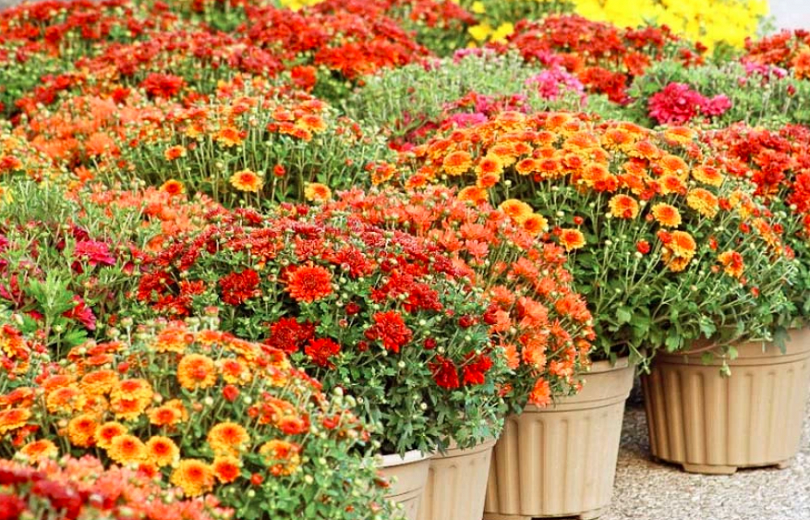

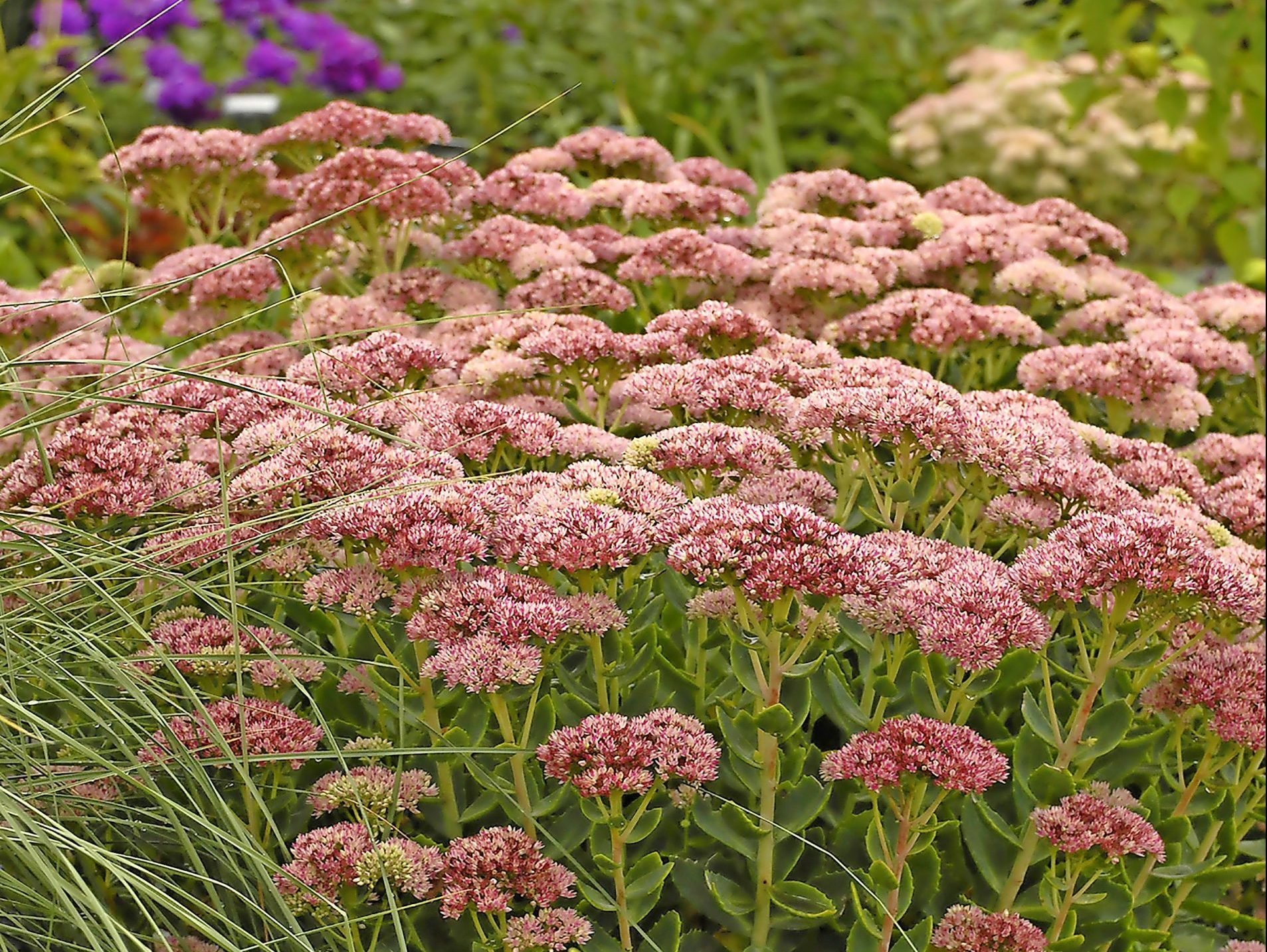


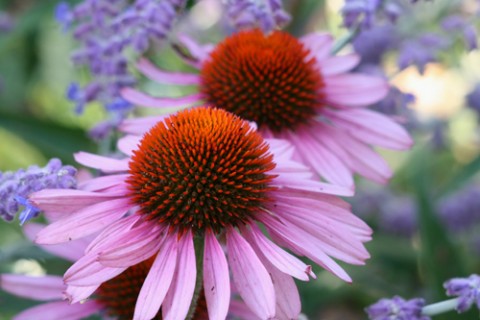
Post a Comment for " Best Plants For Late Summer Color"